Blocking and Exercise
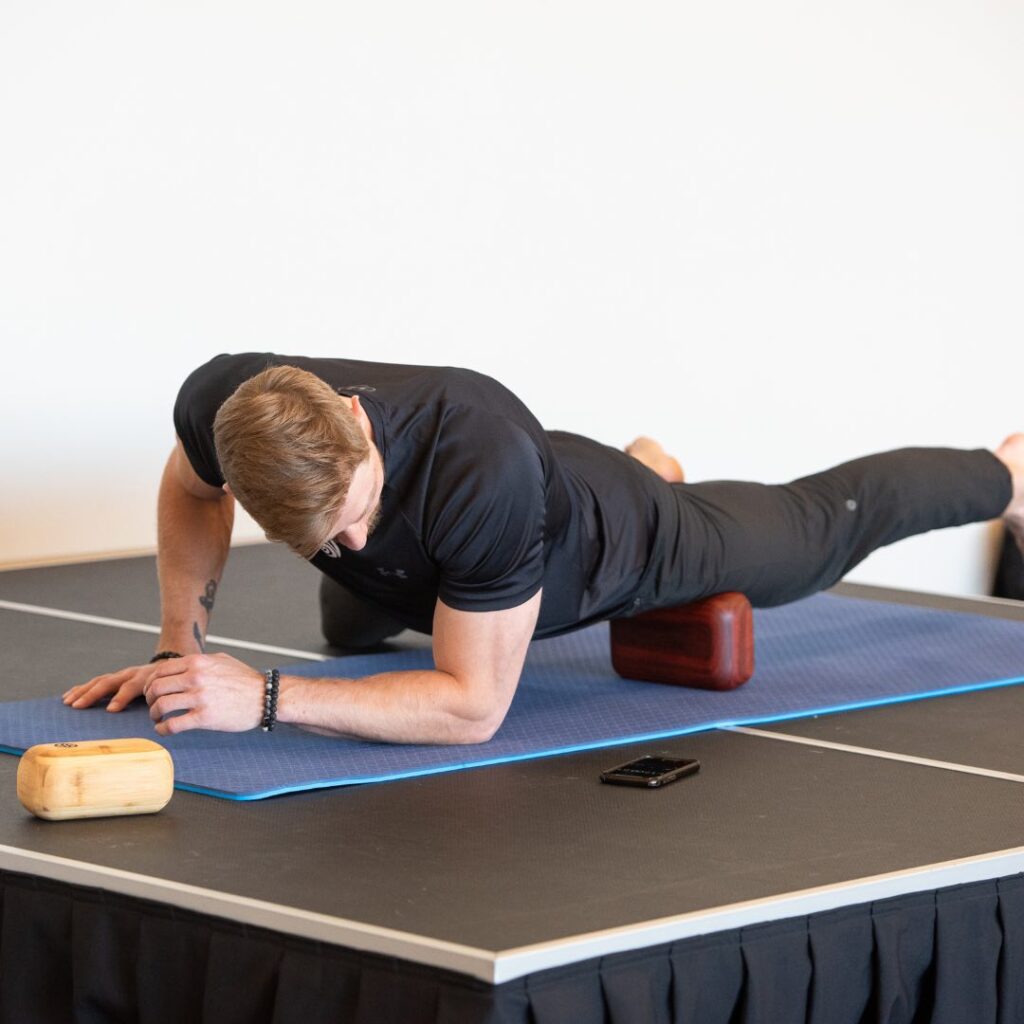
Many ask the question – when is it better to block, before or after exercise? The reality is that either time will benefit you, but let’s have a discussion on the differences.
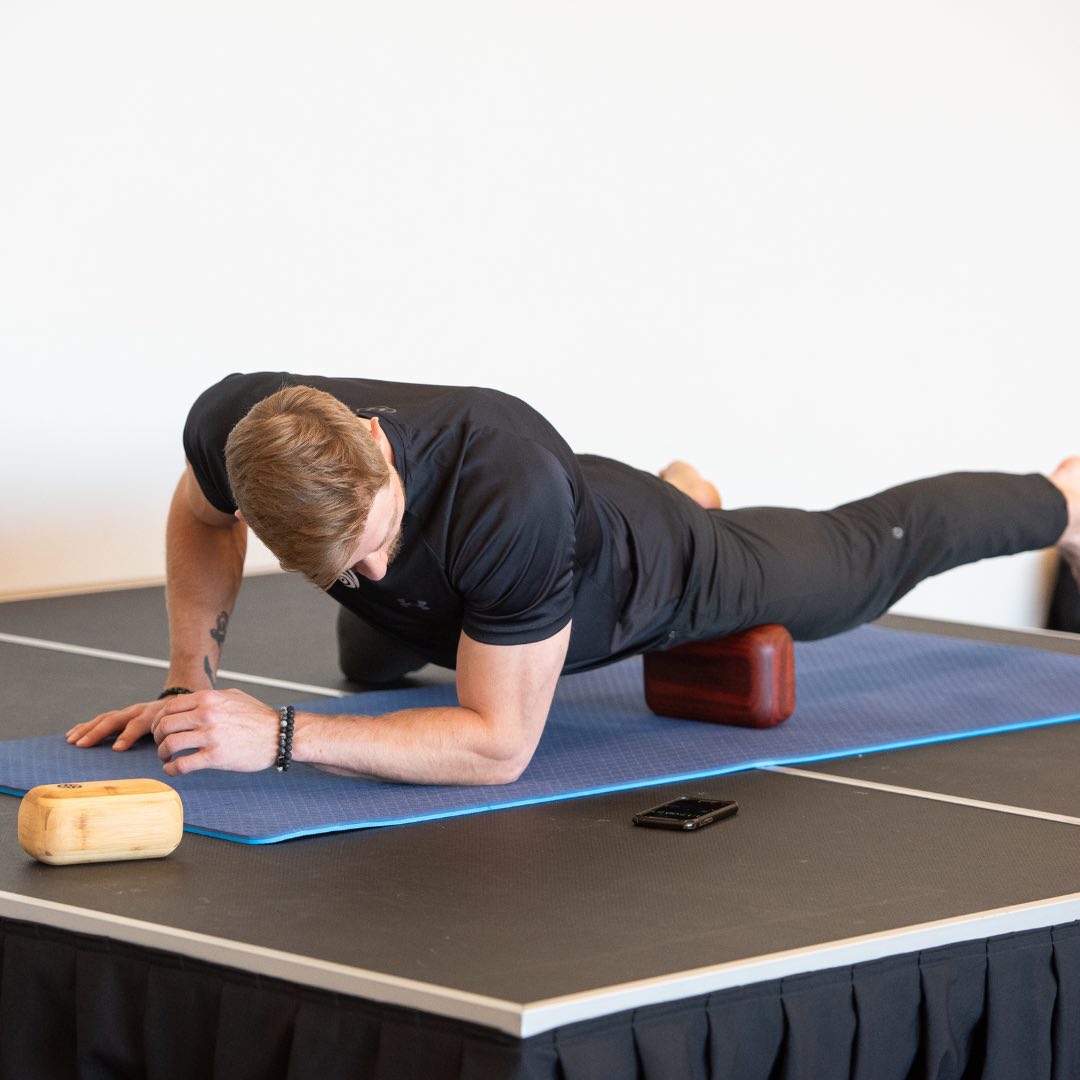
Exercise comes in many shapes and sizes, and whether you are about to hit the gym and do weights, play your favourite sport, or do a yoga, dance, or pilates class . . . or anything in between, preparing your body before the event is always a great choice. Ensuring your breath is strong will only serve you, so even if you simply do the belly position before engaging in other activities to preheat your vehicle/body will ensure that everything runs efficiently. Just like starting a car in a cold climate, it's best to heat it up so all the fluids move freely so as not to create premature wear, tear, and damage.
With any activity where range of motion is key, working on the joints that need the most rotation and range is a great way to prepare for the game/activity. Adhesions develop in the fascia continually as gravity is a constant influence, and we are pulled into our habit of movement, or grooves, as they are also continually reinforced. So, to give the main joints of action a warmup will provide the best range of motion, or if you struggle with pain or limitation, it will change the alignment of the range and engage cells previously blocked to add more energy into the actions. This will make you more efficient with both flexibility and strength, allowing for a better overall performance.
This is something to practice prior to a competition. If you have never Blocked and are about to compete, creating change in the moment without understanding how this affects you is not recommended. For the golfer who has many years of habits engrained, to block for the first time before a competition will change your swing, so in this case, be aware of how profound a Block session can be. To the advanced athlete, you pattern your movements based on the grooves created in your fascia, which then become cemented even deeper with practice. As much as you want to change that for long-term health, doing this just before a competition can create havoc with your precision.
For the elite athlete, it’s best to come to Block Therapy in your off season to make those adjustments when you have the time to adapt to the increased range of motion, and to also allow your proprioception - your mind's awareness of your limbs in space - time to catch up.
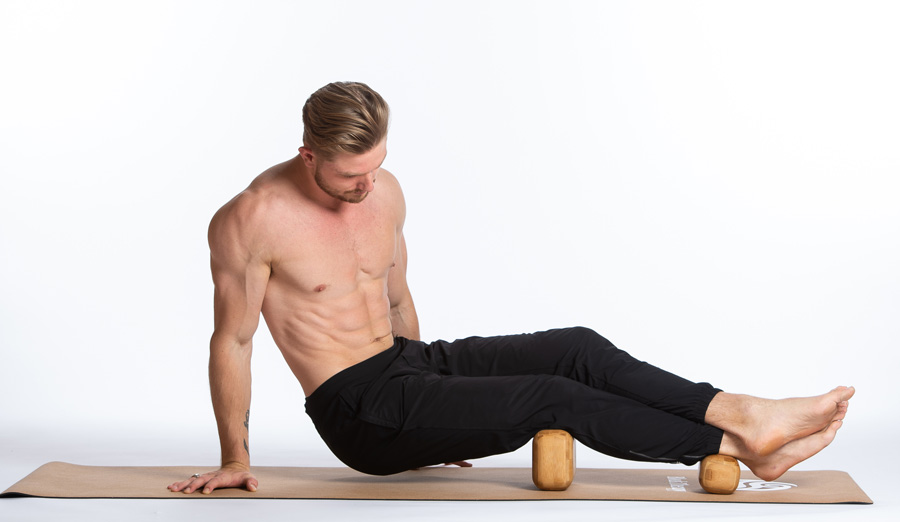
The benefits of Blocking after an exercise or work out is that any inflammation created from the activity is given the energy to efficiently rebuild the tissue in a healthier state. That feeling of stiffness that occurs the day or 2 following exercise -- DOMS (Delayed Onset Muscle Soreness), can be mitigated with a Block session after activity as it will assist with the removal of any waste, and support the inflammatory process to rebuild any microtears. If you have tried a new activity or pushed yourself beyond your norm, Blocking the area of concern right after is a wonderful way to address and prevent DOMS.
Most importantly, everyone needs to try the work for themselves and see what makes the most sense for you. Everyone’s goals with exercise are as varied as exercise itself. For some it is for overall well-being, for others it is to manage size and shape, for many, it is to increase strength and build muscle. For those in any sport or performance art, it is to excel in the activity, and that alone can mean several different things. For the vast majority, there is likely some component of pleasure that is derived from the activity, whether it is a feeling of accomplishment, because that is your form of play, or because the benefits of movement create a better quality of life. To ensure the positives continue to outweigh the negatives over time, looking after your fascia in general is a great approach.
So, for as often as the question is asked, it comes down to you, and that means trial and error. Only you know how you feel inside your body, and herein lies the benefits of Fascia Decompression. By melting adhesions and moving deeply into your body, you begin to hear what your cells are saying. They have a built-in language to help guide you, but we haven’t been paying attention. Instead, we take the pill to continue running even when your knee is telling you it needs something different. Pain is a language to be understood so the right action is taken to repair it. Masking pain will only deepen the issues and eventually you will have no choice but to surrender to the damage. Being proactive with your body and having an approach to support movement will give you the gift of a healthy body for many more years to come.
I recently asked a member who has had remarkable changes in their body to share any words of wisdom about the practice and he simply said – Try it.
No matter your exercise/fitness/activity goals, Block Therapy will only be a complement, and if used in a conscious way, can make a world of difference to your level of play and longevity with it!
Learn more in this week's episode of The Fascia Masters below.
Breathe & Believe,
Deanna
Follow us on our social channels below to learn more about Block Therapy and see some amazing transformations!

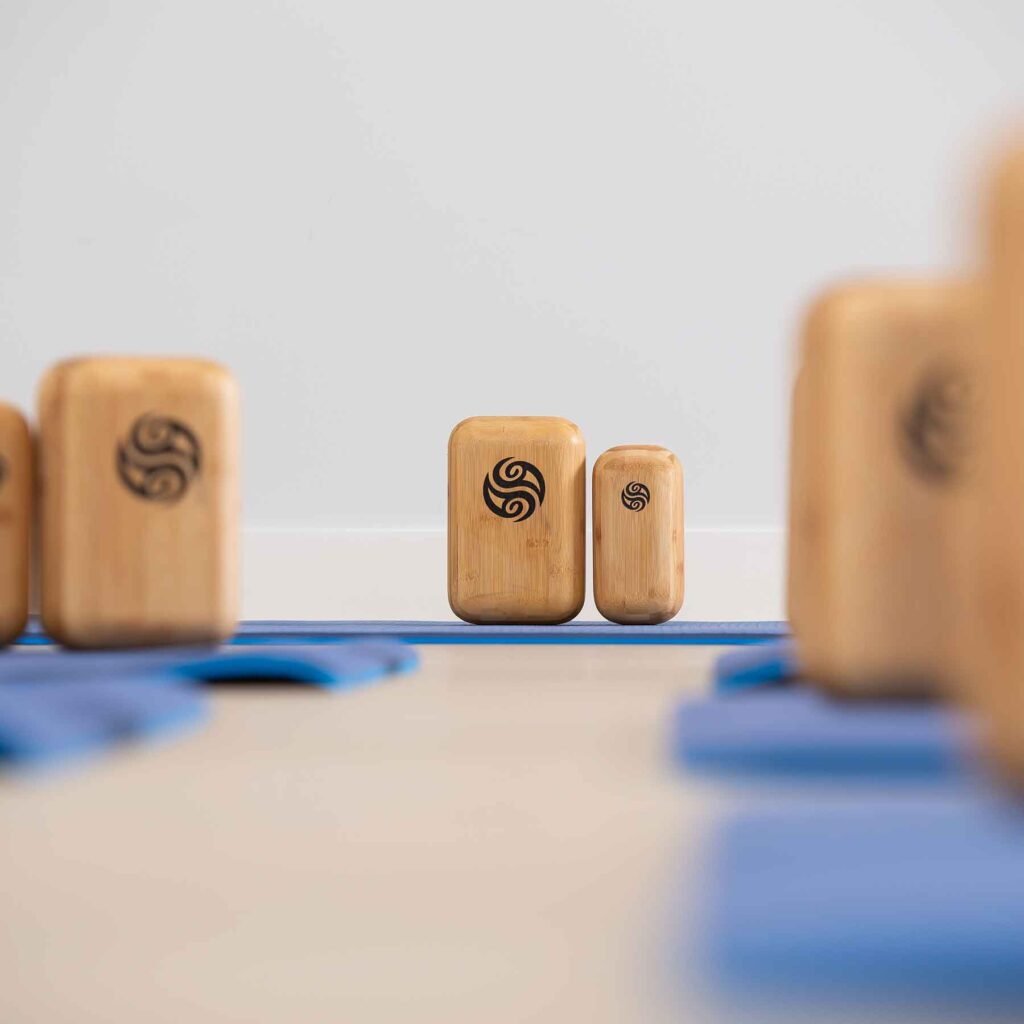
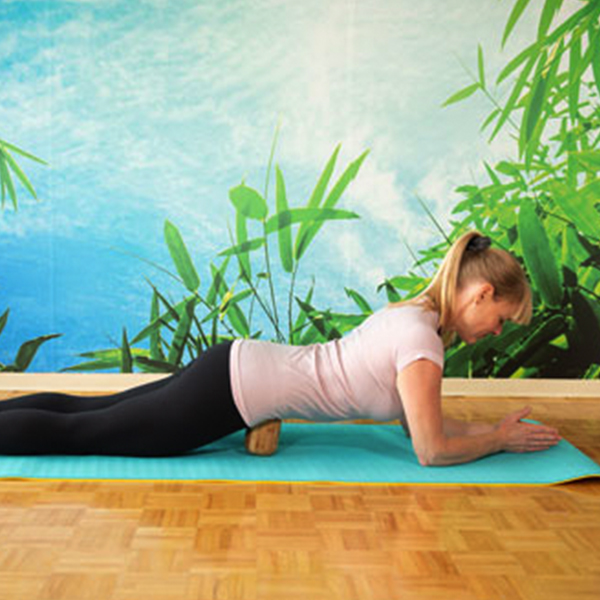



Responses